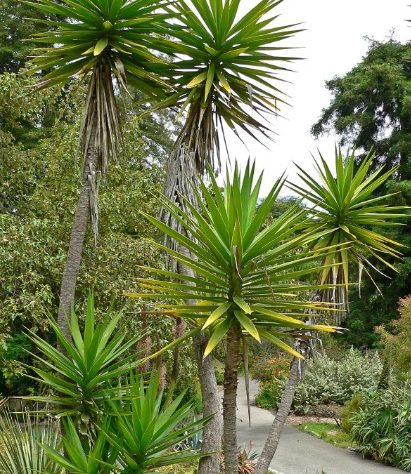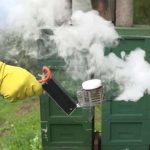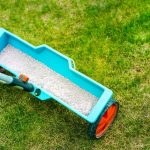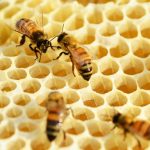One popular but extremely hardy indoor plant is the American yucca. Though more expensive than some common indoor plants, American yucca tend to be fairly easy plants to care for. They’re drought-tolerant and may even be somewhat tolerant to lower light levels. Like other yucca species, the bright and cheerful reds and oranges of the American yucca also attract bees and butterflies. These helpful neighbors will spend a great deal of time collecting nectar and pollen from both males and females, and young leaves will often scent- sting for nectar.
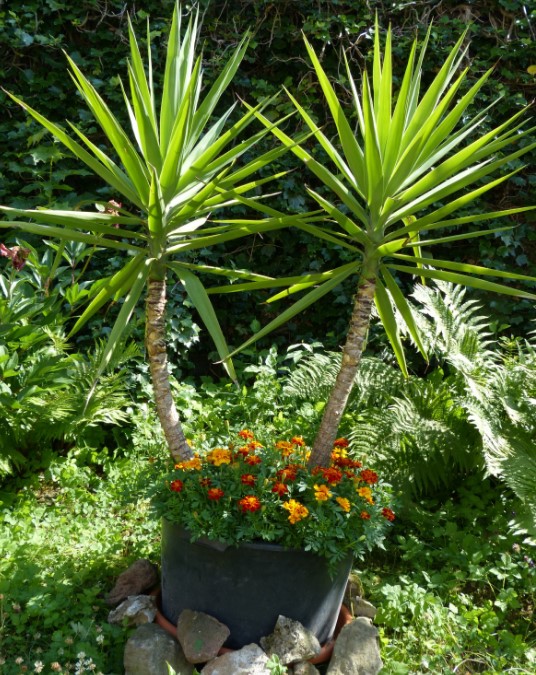
Many home gardens don’t have suitable spots for the American yucca plant, but they can range from easy-care spaces like containers and leftover garden scraps to more challenging spaces like traditional backyard decks. This plant makes a bold statement in a traditional range that may be larger than some other indoor plants.
You should also know that the yucca produces vast quantities of resin when it dies. Resin is a sticky substance that produces a characteristic wood smell when it dries. This resin is toxic if ingested, so it’s best not to use it on the skin or inhale the resin itself.
Aside from their many, undeniable benefits as houseplants, yucca plants are actually quite hardy plants. They prefer humidity between 60–80% but can tolerate dryness down to single digits while thriving in most climates. It should be noted that all species of yucca are a bit toxicity-resistant.
Growing yucca is easy, but it is not automatic. Many varieties have beautiful blooms and are handsome houseplants, but you must select a hardy-enough plant for the space you have and stick to the basic care requirements. If at any time the soil looks too dry, change the potting mix or give it a little extra water. If the soil dries out between watering changes, transplant it to a new pot. Yucca love humidity more than warmth, but they do need to see bright light levels.
If what you’re looking for is a great indoor plant, consider a few other hardy domestic houseplants. These include creeping coneflower (common name “hell bender”), Asian lily (Florentina lanceolata), pink saltwater lily (Phalaenopsis macrophylla), black plaster yucca (Phalaena maculata), white plaster yucca (Phalaena polymorpha), or white anchor-plant (Phalaenopsis macrophylla).
On average, a yucca will reach 21 inches — higher if you live in a smaller house — with 22 to 24 bends per inch. Yucca care includes pruning to keep it trim, fertilizing once or twice a month, and water while the soil dries out. Most of us purchase our yucca plants indoors, but look for a sunny, well-drained space free of overtaxing insects and insects that feed on the fuzzy leaves. Yuccas love hot, dry climates and prefer bright, indirect light.
Aquarezza is another transparent houseplant widely used as a houseplant. Its species is not usually associated with tropical or southern climates, but they reach maturity in all four seasons thanks to water loving properties. Aquarezza care is similar to that of a houseplant — watering during the growing season to keep the soil evenly moist, and picking up dead leaves if your watering schedule deviates too much. An indoor plant may require multiple waterings to maintain humidity levels. Aquarezza appreciate larger containers for drying and should be shaken for three minutes before adding them to water to avoid over-watering.
